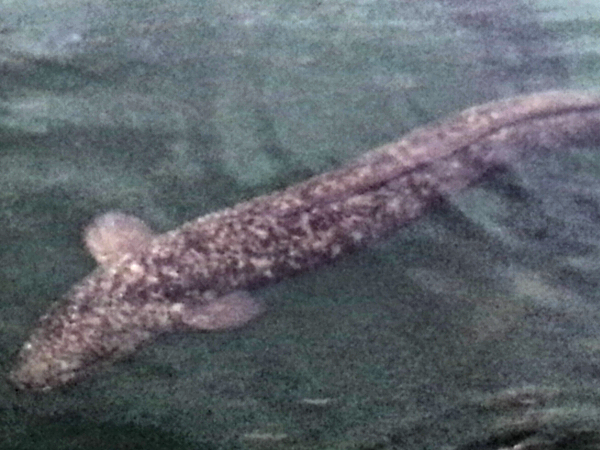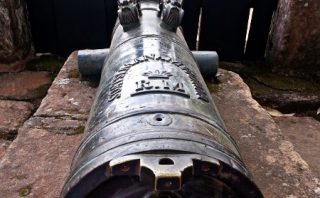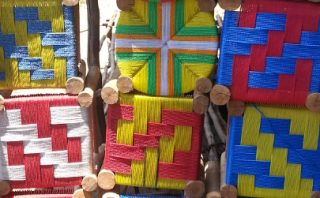Shiva, the destroyer, loomed above us. Doomed? End of the world? My life passing before my eyes? Wait, no, Shiva was smiling. All 108 feet (33 meters) of Mauritius’ Grand Bassin Shiva, the Hindu god of destruction and re-creation, was smiling.

Across the road from Shiva, a statue of Durga Maa, Shiva’s wife, also known as Parvati, was under construction. She was also smiling.
I should have anticipated the many Hindu temples and shrines on the island. 68% of the people here are of Indian descent and they’ve been here for nearly 200 years. I knew this. Yet, the staccato of bright colors – temples, shrines, spirit houses – against jungle and sugarcane greens were a lively surprise.
Shiva Also Known as Mangal Mahadev
The Mauritian government commissioned Indian sculptor Shri Matu Ram Verma to design the statues of Shiva and Durga Maa. The Shiva statue, named Mangal Mahadev, was completed in 2007 and is a replica of the Shiva statue of Sursagar Lake in Vadodara, Gujarat, India. Durga Maa will also be 108 feet tall (33 meters).
I came across various versions, but, in short, legend has it that Shiva, who was balancing the Holy Ganges River on his head, was traveling around the Earth with his wife Parvati. Shiva decided to rest on Mauritius. While there, some drops of the sacred Ganges River fell into the crater of an extinct volcano and created a small lake, Grand Bassin.

The Lake Formerly Known as Grand Bassin
I arranged with Natacha at our guesthouse, Le Domaine de L’Arbre de Voyageur, for a car and driver to take us on La Route du The. Natacha and her husband own and operate L’Arbre de Voyageur, which is located next to the Black River Gorges National Park. Tony, our driver, suggested we stop at Grand Bassin first since it was on our way.
The following year, Hindu pilgrims started walking to Grand Bassin from all over Mauritius. They still do – by car or bus, and thousands by foot. They go for the annual festival Maha Shivaratri, Great Night of Shiva.
In 1972, a priest from India brought sacred water from the Ganges ceremonially poured the holy water into the lake. The lake was renamed Ganga Talao. Ganga for Ganges and Talao for pool. I found both names used frequently and interchangeably in guidebooks, maps, and online.









